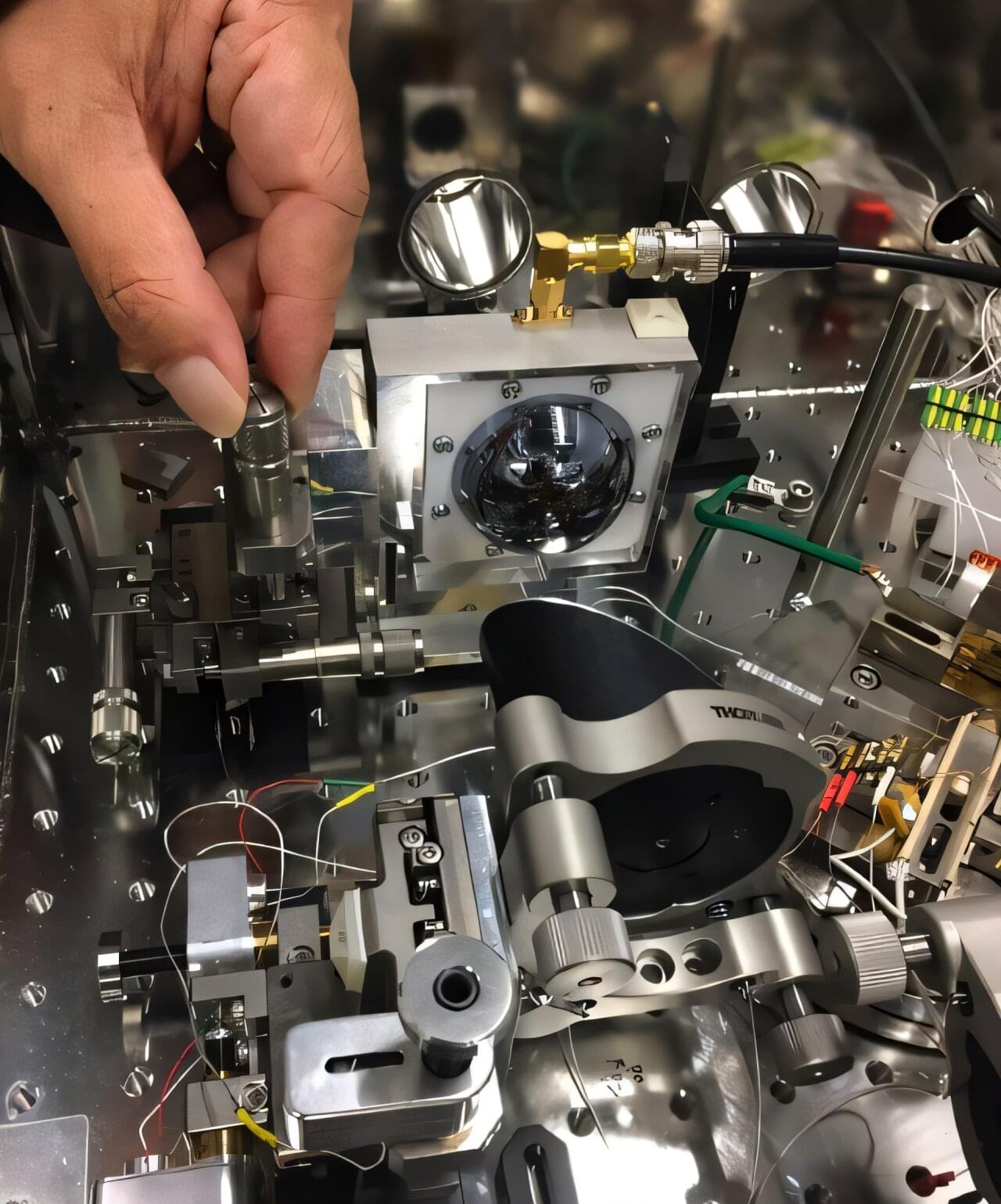A simple tweak to the usual setup is all that is needed to enhance a spectroscopy technique that uses waves in the terahertz region to probe samples, RIKEN physicists have discovered. The findings are published in the journal Applied Physics Letters.
Developing techniques that can obtain spectra from tiny regions extremely rapidly is the ultimate goal of a team that Norihiko Hayazawa of the RIKEN Center for Advanced Photonics belongs to.
Until recently, the scientists had been focusing on obtaining spectra from nanoscale regions on samples. But now they are concentrating on acquiring spectra very quickly—on the order of billionths of seconds (nanoseconds)—to minimize fluctuations induced by the ambient environment.







